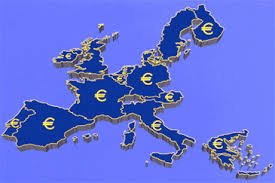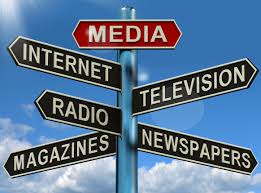The Eurozone is a an Economic and Monetary Union. What this entails is explained below:
Economic integration consists of 7 stages to facilitate greater cooperation between member states. Greater cooperation in turn leads to greater productivity as the resources of all the constituent member states (countries) are pooled together to achieve economies of scale as well as diversity in production activities. Resources and people are also more efficiently allocated to areas where they are needed as the area of economic activity increases for all the countries involved. The 7 stages are as follows:
- Preferential Trading Area
- Free Trade Area
- Customs Union
- Common Market
- Economic Union
- Economic and Monetary Union
- Complete Economic Integration
Preferential trading area involves giving a trading partner country preferential status by reducing tariffs and other trade barriers on certain agreed products and services. Free trade area would be eliminating trade barriers such as import quotas or customs duties completely on certain or all products and services, while a customs union entails a common external trade policy agreed between the member nations who seek economic integration. A common market is a step towards a unified market where restrictions on the movement of factors of production- capital, labour and enterprise are reduced as much as possible. Trade barriers are also eliminated in most cases. An economic union is a combination of customs union and a common market, with uniform regulations on products that are traded. An economic and monetary union(EMU) is the adoption of a common currency. An EMU is hence a major and advanced step in the process of economic integration. It includes the following characteristics which are also the features of the Euro zone:
- Free trade area which involves no internal tariffs for trade within the member countries.
- Customs union which is characterized by a common external customs policy among the participating nations for countries outside the zone.
- Single market which entails common product regulations and free movements of good, services, capital and labour without any physical barriers, technical standards or taxes within the zone.
- Common currency and monetary policy (common interest rates).
Click here for government certification in Accounting, Banking & Finance





2 Comments. Leave new
Interesting and informative. Very well written.
Good work..